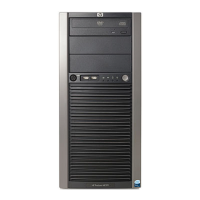
Do you have a question about the HP ProLiant ML310 Generation 5p and is the answer not in the manual?
Identifies physical components on the server's front panel.
Explains the function and status of front panel LEDs and buttons.
Lists and identifies connectors on the server's rear panel.
Identifies various slots and connectors on the system board.
Details the function of system maintenance switch positions.
Describes how system and health LEDs indicate server status.
Step-by-step instructions for turning on and shutting down the server.
Explains how to unlock and remove the server's front bezel and access panel.
Provides steps to remove the air baffle and PCI card guide.
Guidelines for rack placement and optimal operating environment.
Specifies required clearances, airflow, and temperature limits for operation.
Details power input, grounding, and electrical safety guidelines.
General safety warnings and cautions for server setup procedures.
Guidelines for installing and configuring server memory (DIMMs).
Information on installing SATA and SAS hard drives.
Information on supported PCI Express and PCI-X expansion boards.
Step-by-step guide for installing expansion boards.
Overview of SmartStart for server setup and deployment.
Guide to using RBSU for system configuration and settings.
Step-by-step guide to configuring embedded SATA RAID.
Web-based application for server administration and monitoring.
Links to guides for resolving common server problems.
Initial steps to take before starting server troubleshooting.
Diagnostic flowchart for server power-on issues.
Diagnostic flowchart for issues during Power-On Self-Test.
Diagnostic flowchart for operating system boot failures.
Listing and explanation of POST errors and beep codes.
Information on replacing the server's real-time clock battery.
FCC compliance statements for Class A and B equipment.
CE marking compliance with EU directives.
Safety information regarding laser products.
Warnings related to battery handling and replacement.
Methods to avoid damaging components with static electricity.
Techniques for proper grounding to prevent ESD.
Operating and shipping conditions for temperature and humidity.
Physical dimensions, voltage, frequency, and power input specs.
Phone numbers and websites for contacting HP support.
Explains mandatory versus optional CSR parts for self-repair.
Definitions of technical acronyms and abbreviations used in the manual.



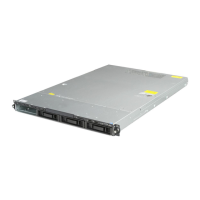

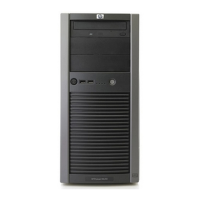
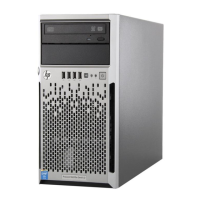

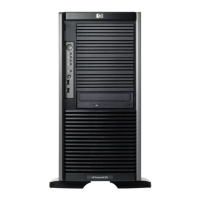

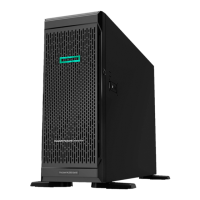

